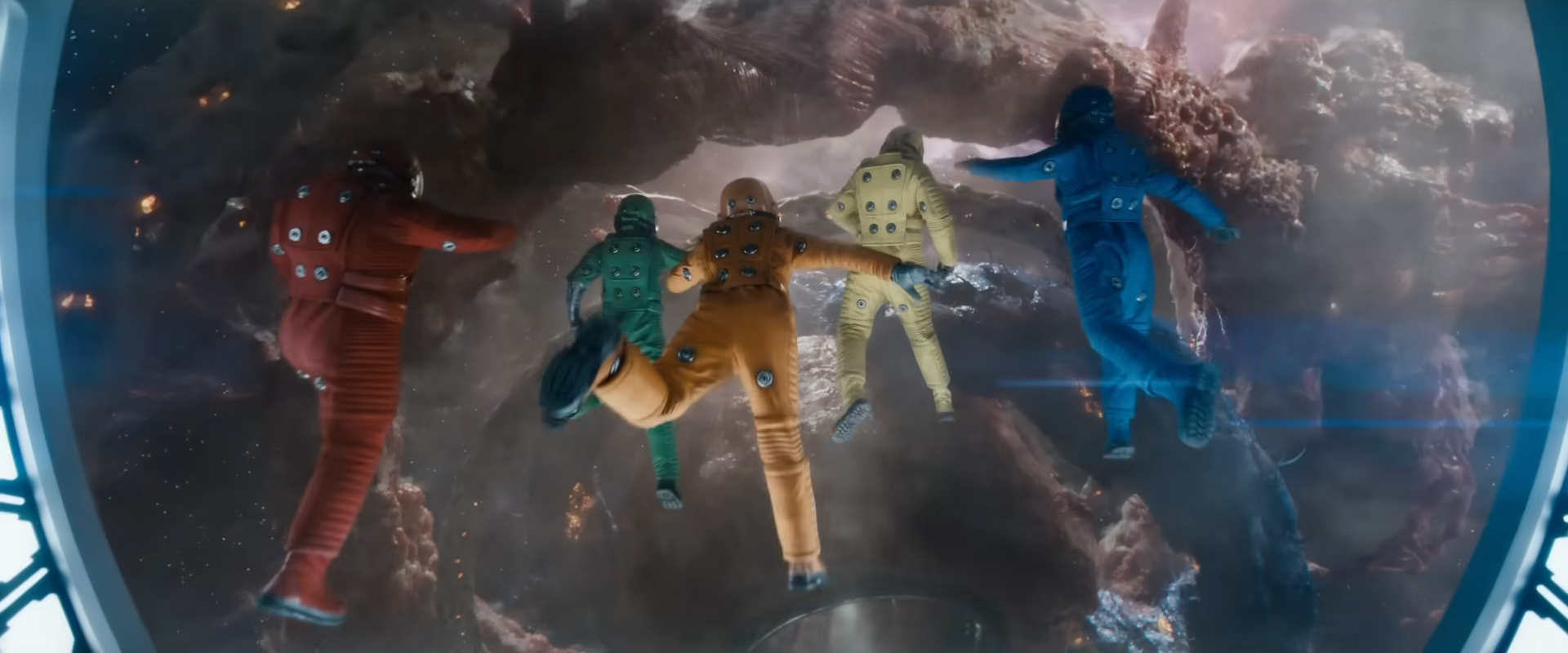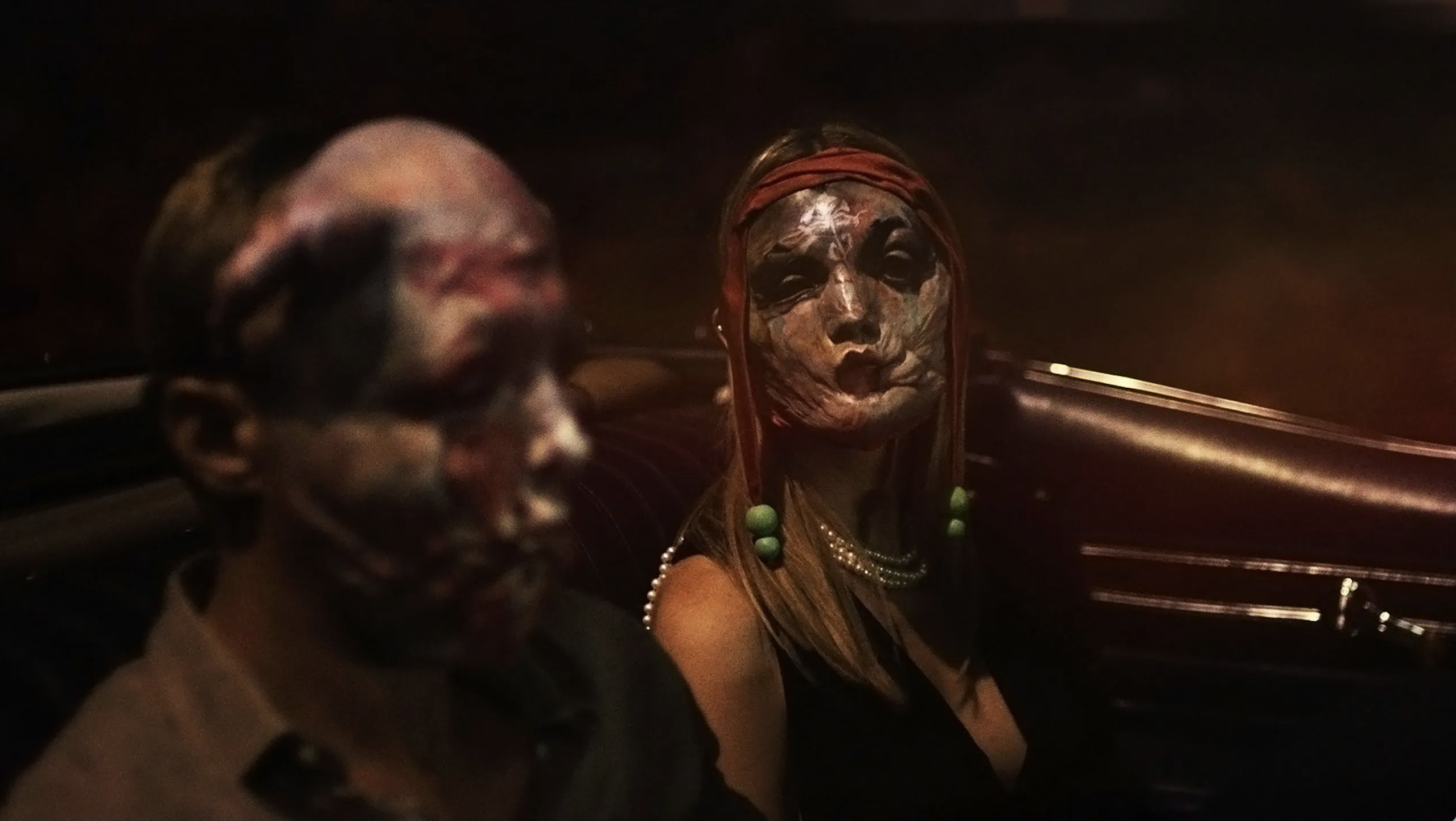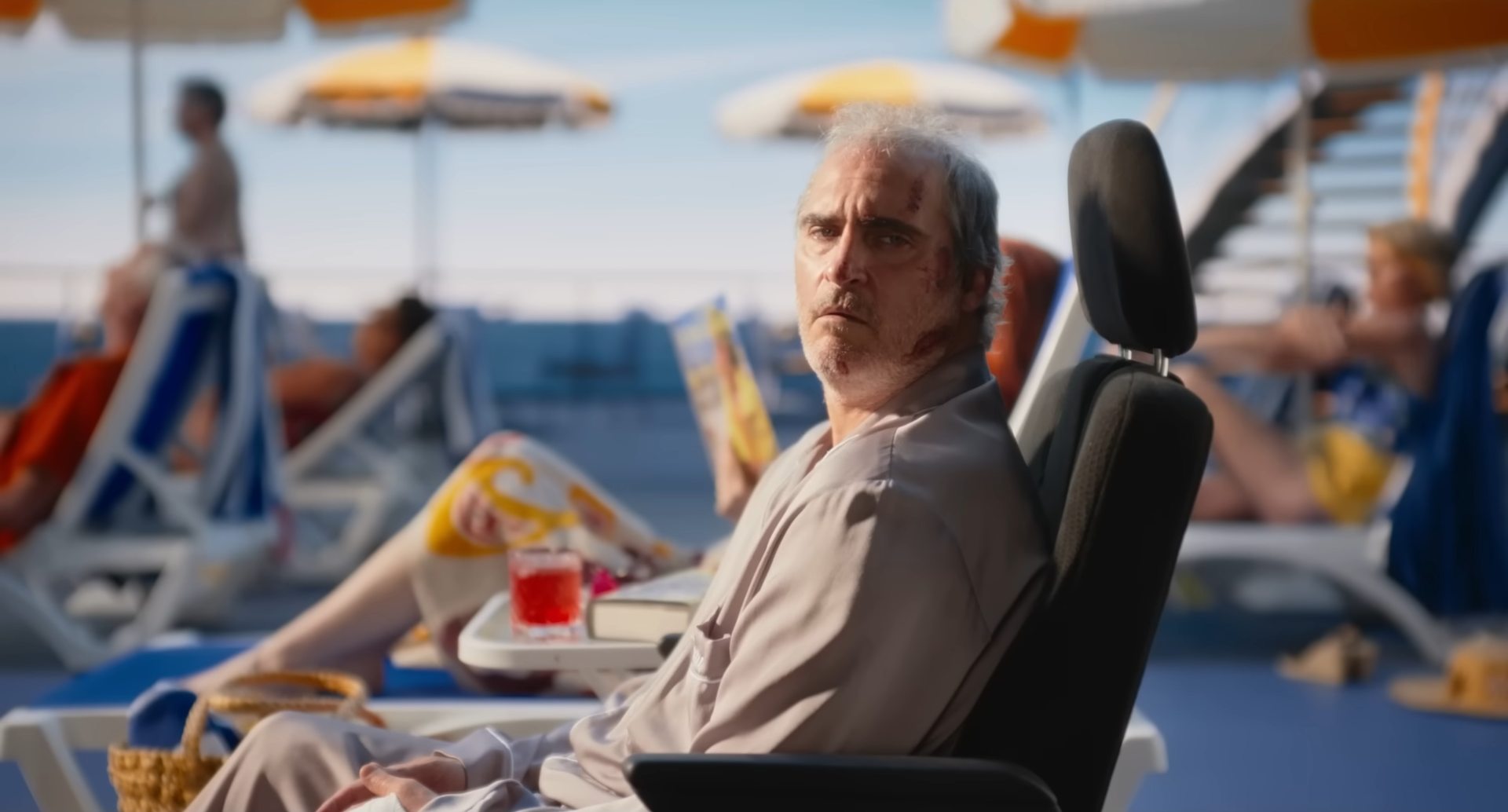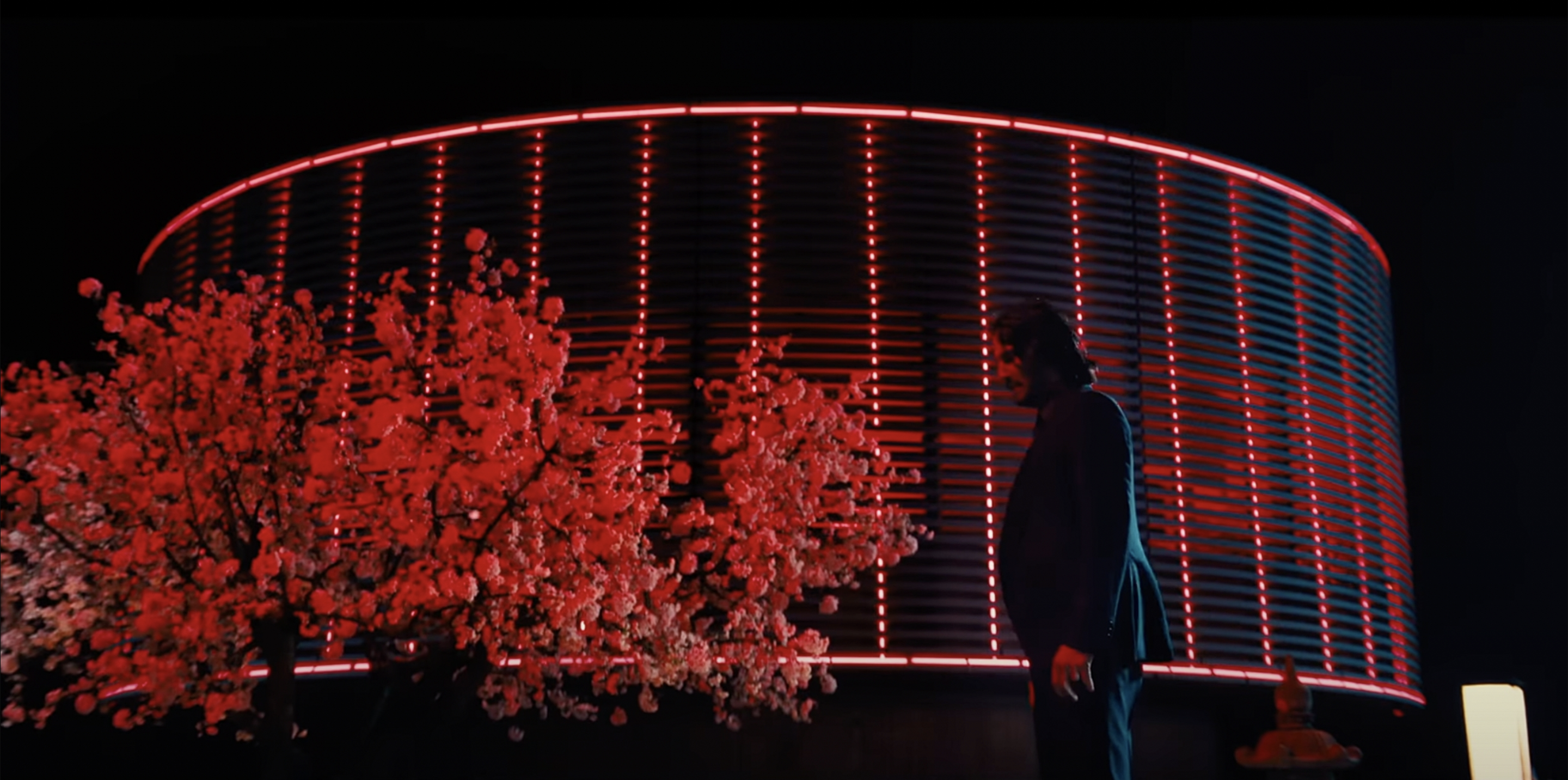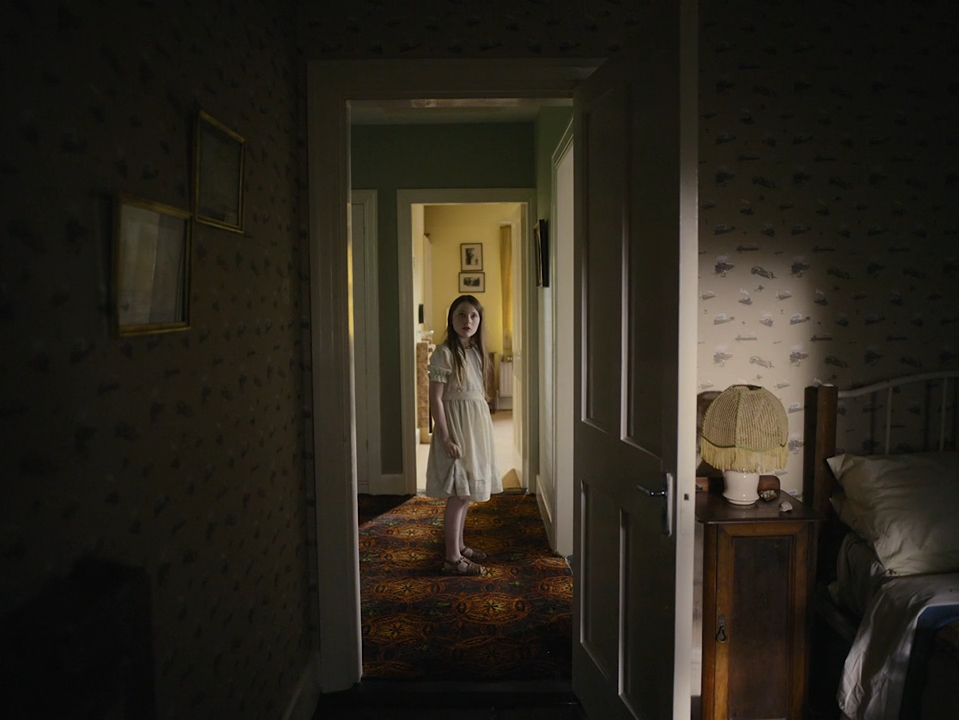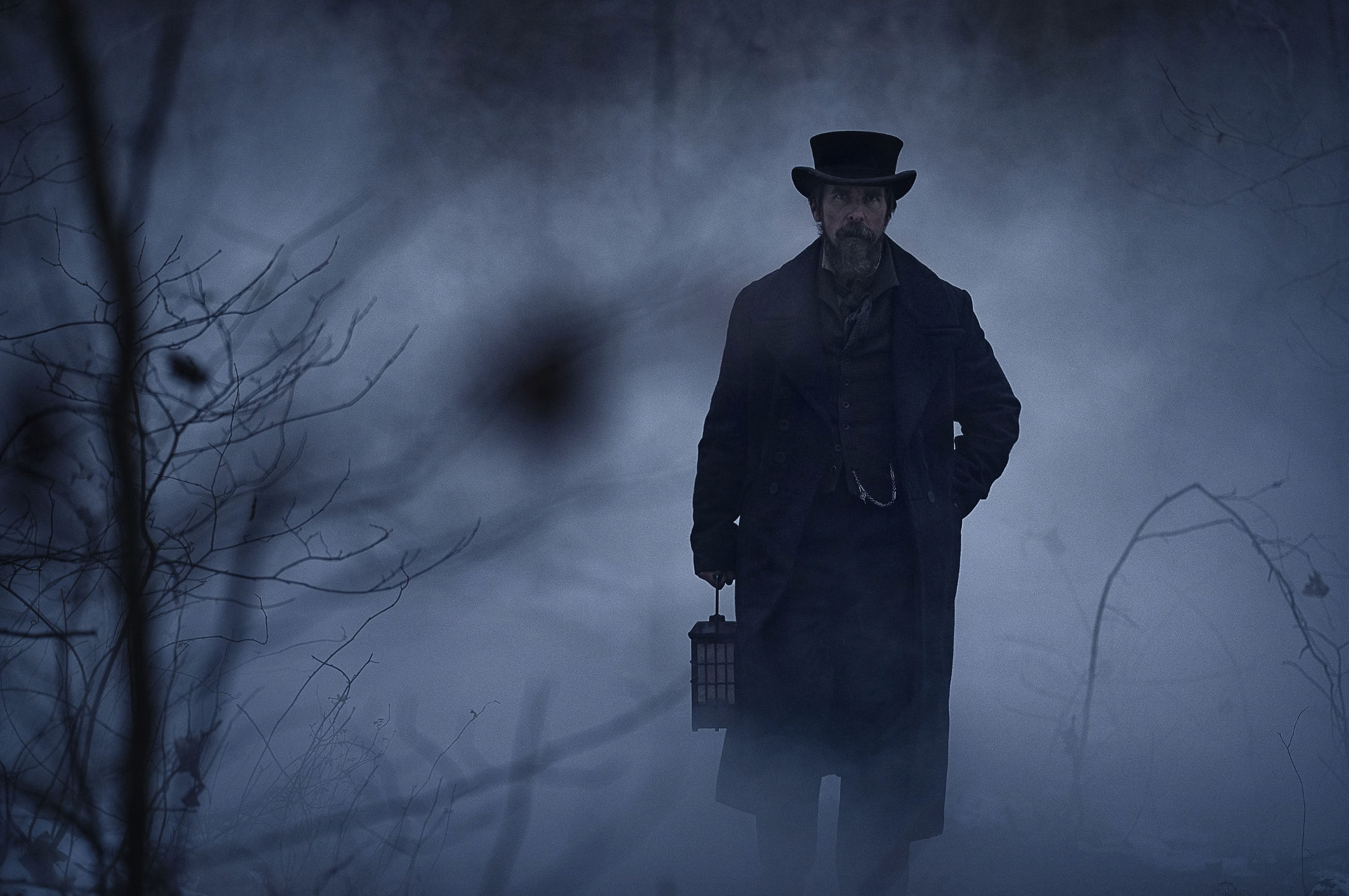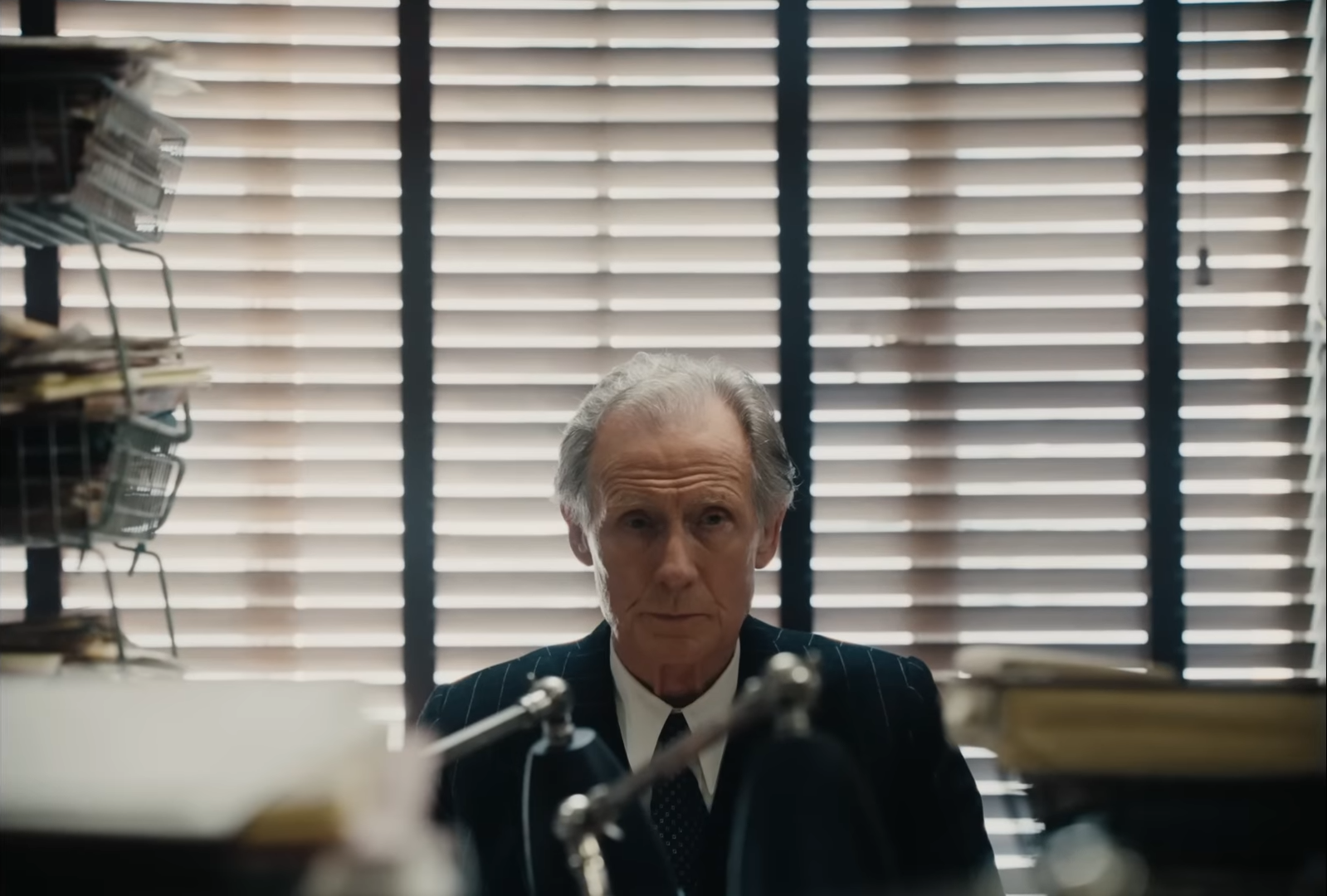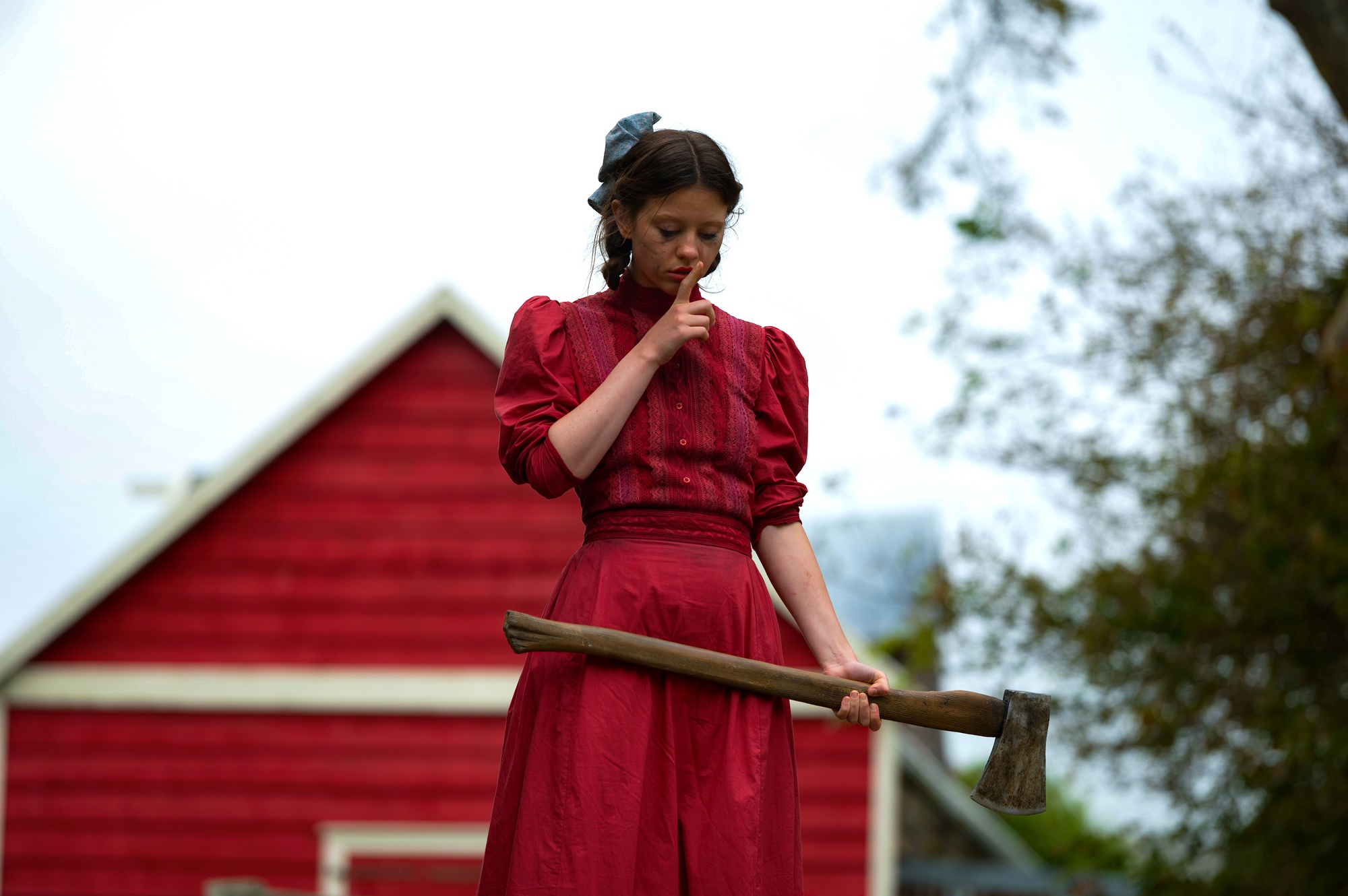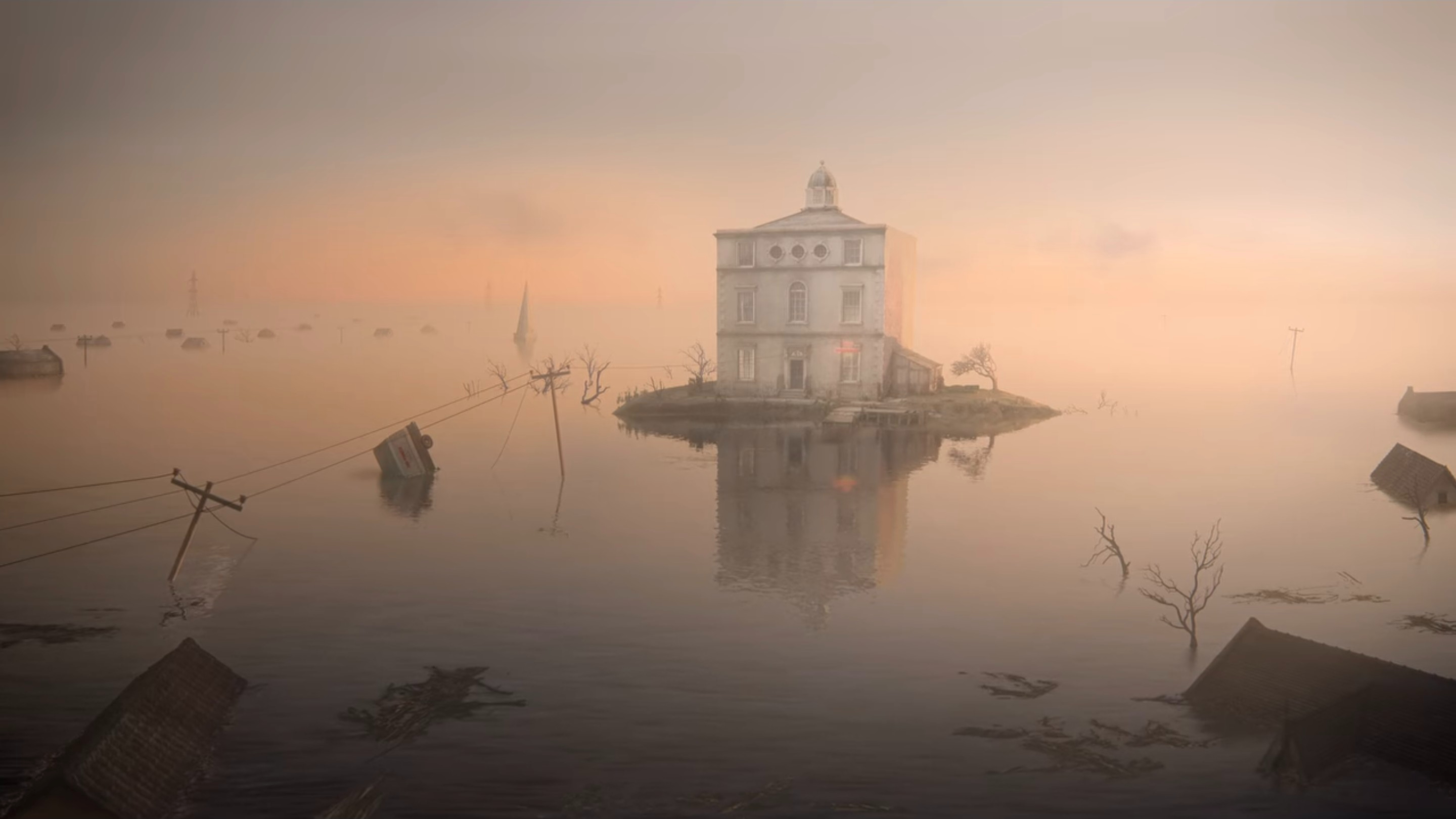Guardians of the Galaxy Vol. 3 (2023)
As far as storytelling in the MCU goes, the creative tonal balance and cartoonish playfulness of Guardians of the Galaxy Vol. 3 makes for a terrific send-off to the franchise’s most colourfully eccentric series, as James Gunn faces his oddball characters up against painfully tragic pasts.

